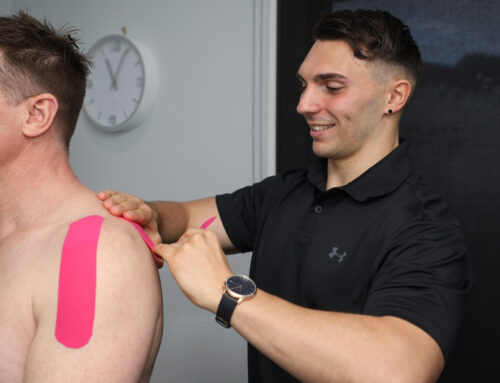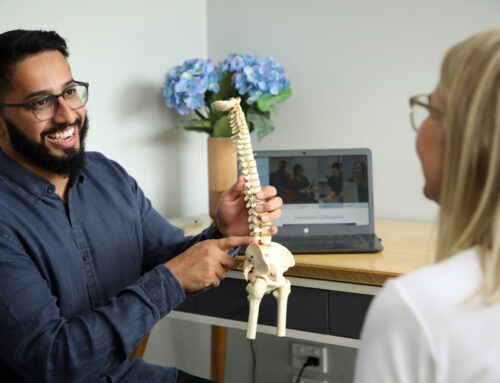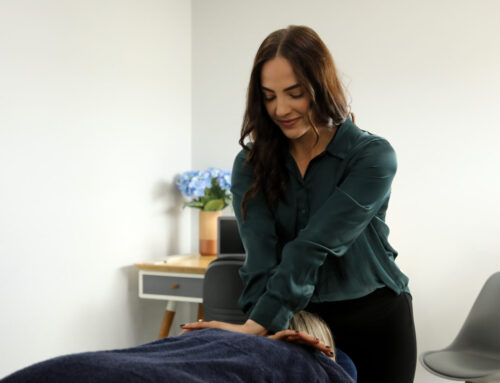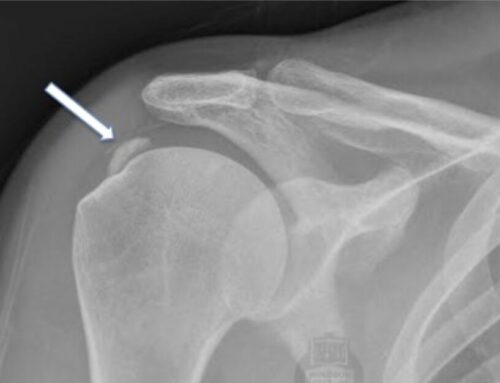In today’s fast-paced work environment, many office workers spend long hours sitting at desks, often hunched over computers or other devices. This sedentary lifestyle, combined with repetitive tasks like typing and using a mouse, can lead to a host of musculoskeletal issues. As an osteopath, I see firsthand the impact of poor posture and repetitive strain injuries (RSIs) on office workers. Fortunately, osteopathy offers a holistic approach to managing and preventing these common workplace ailments.
 Understanding Posture-Related Issues
Understanding Posture-Related Issues
Poor posture is a significant contributor to musculoskeletal discomfort among office workers. Sitting for extended periods can cause the spine to compress, leading to back pain, neck stiffness, and even headaches. Over time, slouching can lead to imbalances in the muscles and joints, making the body more prone to injury.
Common posture-related issues include:
- Lower Back Pain: Often caused by prolonged sitting and poor lumbar support, leading to strain on the lower back muscles and ligaments.
- Neck and Shoulder Pain: Typically the result of forward head posture, where the head is positioned too far forward, causing strain on the neck and shoulder muscles.
- Upper Back Tension: Often due to rounded shoulders and a forward-slumping posture, leading to tightness in the upper back and chest.
Repetitive Strain Injuries (RSIs)
RSIs are another common problem for office workers, caused by repetitive motions such as typing, using a mouse, or even holding a phone. These activities can lead to conditions like carpal tunnel syndrome, tendonitis, and other overuse injuries. Symptoms often include pain, tingling, numbness, and weakness in the affected areas.
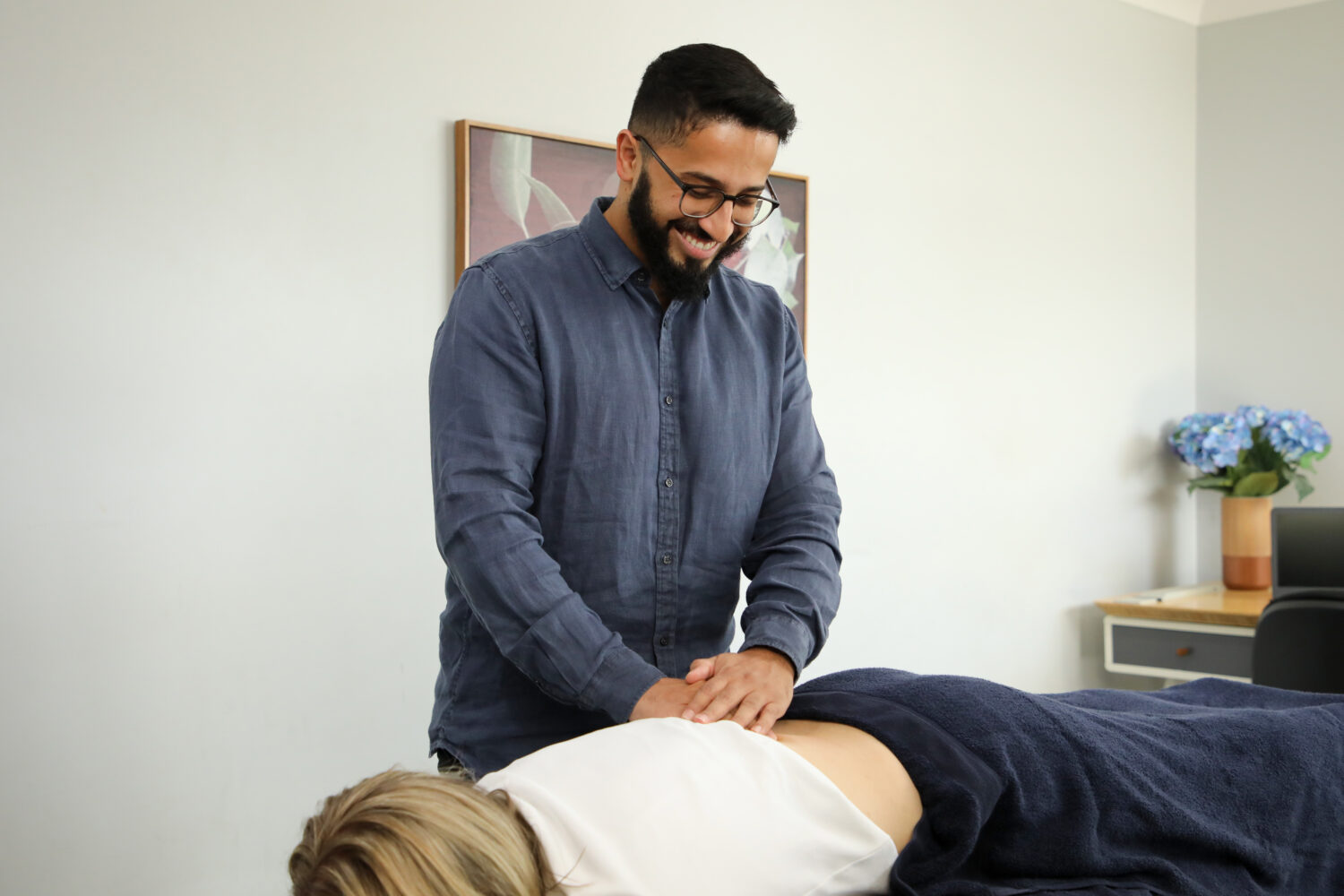
Osteopathy offers a comprehensive approach to addressing both posture-related issues and RSIs. Here’s how:
- Postural Assessment and Correction: As an osteopath, I conduct a thorough postural assessment to identify any imbalances or areas of tension. Through gentle manipulation and soft tissue techniques, I help realign the spine and improve posture, reducing strain on muscles and joints.
- Relieving Muscle Tension: Osteopathic treatments focus on releasing tension in overworked muscles, particularly in the neck, shoulders, and lower back. This can alleviate pain and prevent the development of chronic conditions.
- Improving Circulation and Mobility: By enhancing blood flow and promoting better movement patterns, osteopathy helps reduce inflammation and supports the body’s natural healing processes.
- Preventing Future Injuries: In addition to hands-on treatment, I provide advice on ergonomic adjustments, stretching exercises, and posture correction techniques that can be easily integrated into your daily routine. These proactive measures help prevent the recurrence of injuries and maintain overall well-being.

Ammar Khan Osteopath
Final Takeaway
As an office worker, it’s easy to overlook the toll that daily activities can take on your body. Osteopathy offers a personalised and holistic approach to managing and preventing posture-related issues and RSIs, helping you stay healthy and pain-free. If you’re experiencing discomfort or want to take preventive steps, reach out and schedule a consultation at Pakenham Osteopathy. Together, we can develop a treatment plan tailored to your needs, allowing you to thrive in the workplace and beyond.
If you have any questions, please feel free to email me directly: ammar@pakenhamosteopathy.com.au
